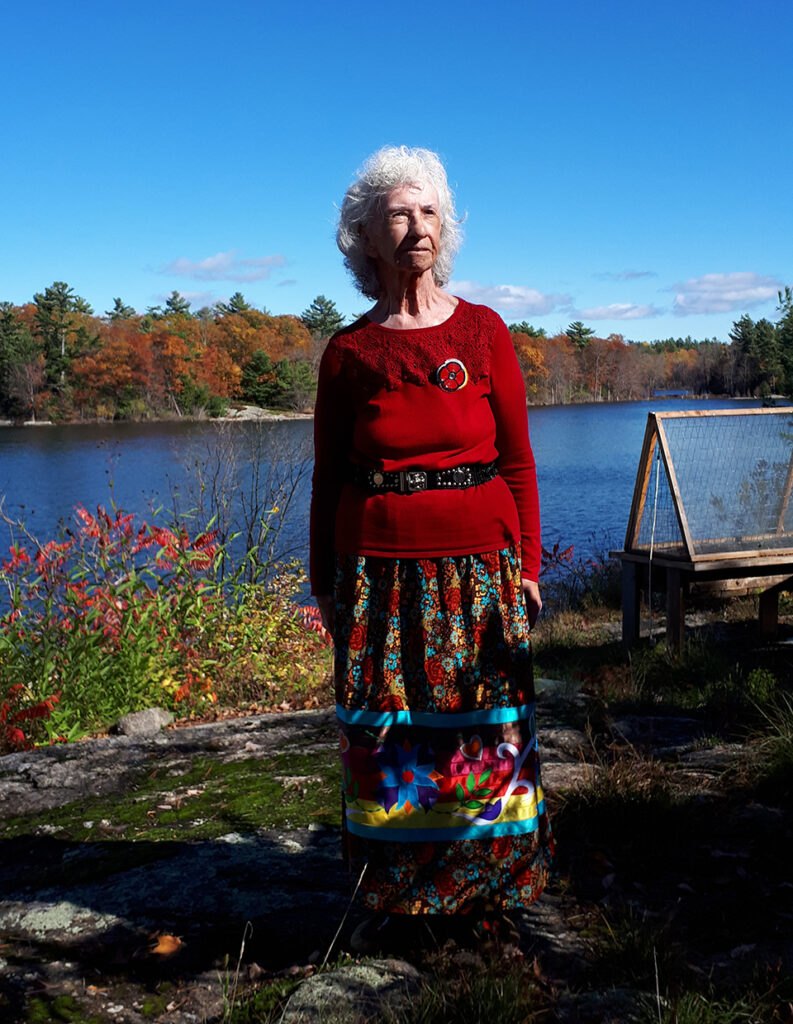
We acknowledge that the land we cottage on is the traditional territory of the Anishinabek peoples (and fleetingly the Huron-Wendat people) and this place, Gebiiyaang, has been, and continues to be, the meeting place of many First Nations and Metis people.
We are fortunate to be able to spend summers here. The first cottagers came north in about 1905 and bought small islands and waterfront mainland parcels from the government of Ontario, then began assembling rudimentary cottages. There was no road and no railway serving the area back in those days. Transport was by water, and commuting for the weekend was out of the question. Later, after the railway was built around WWII, Pointe-au-Baril station was the take-off point for cottagers, with some treacherous navigation from there to the northern inlets we now call home.
Cottagers usually came for the summer. Supplies of food and ice were by boat, often on a weekly basis. Our ancestors were mostly affluent people from the city, who could afford the infrastructure and the time to holiday in such a remote place. The attractions were the natural beauty we still enjoy, and the abundance of fish.
Over the years, our BNIA Directory & Yearbook has published numerous stories about the people who cottaged in Bayfield-Nares, back before Highway 69 (or Highway 400) and Highway 529. Explore the stories on this menu, fascinating tales of early cottage life in Bayfield-Nares, and of the First Nations people who came before us.